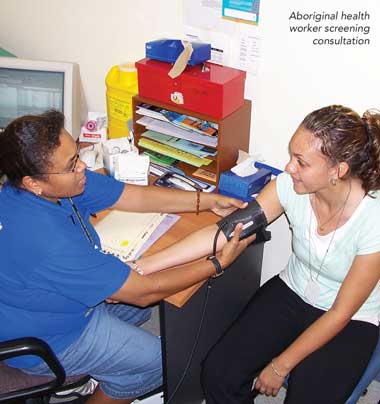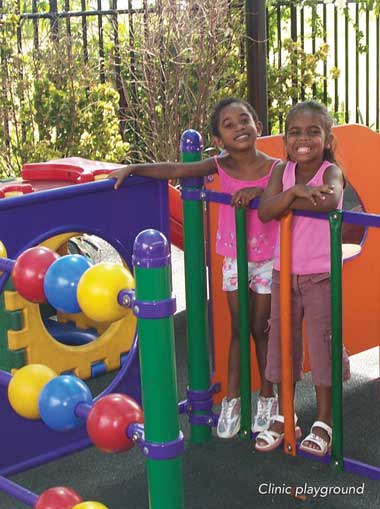
The first Aboriginal medical service was established in the Sydney suburb of Redfern in 1971, with the aim of improving access to health services for the local Aboriginal community by creating a culturally appropriate environment. Since then, there have been many changes to primary health care arrangements for Indigenous Australians (and even now, the Aboriginal medical service sector is only part of the story). However, the important concepts behind the establishment of the first service remain. According to the National Aboriginal Community Controlled Health Organisation, the national body representing Aboriginal community controlled health services (ACCHSs) throughout Australia (http://www.naccho.org.au), an Aboriginal medical service is “a primary health care service initiated and operated by the local Aboriginal community to deliver holistic, comprehensive and culturally appropriate health care to the community that controls it (through a locally elected board of management)”. There are currently over 130 Aboriginal medical services in Australia, varying greatly in size and staffing levels. These services are unique in their management and funding structure, and their community base. As the provision of adequate primary care for Indigenous people has been identified as one of the cornerstones of improving their health, we asked representatives of two large ACCHSs in north Queensland — general practitioners, Aboriginal health workers and managers — to tell us about their community, their service and their roles.





